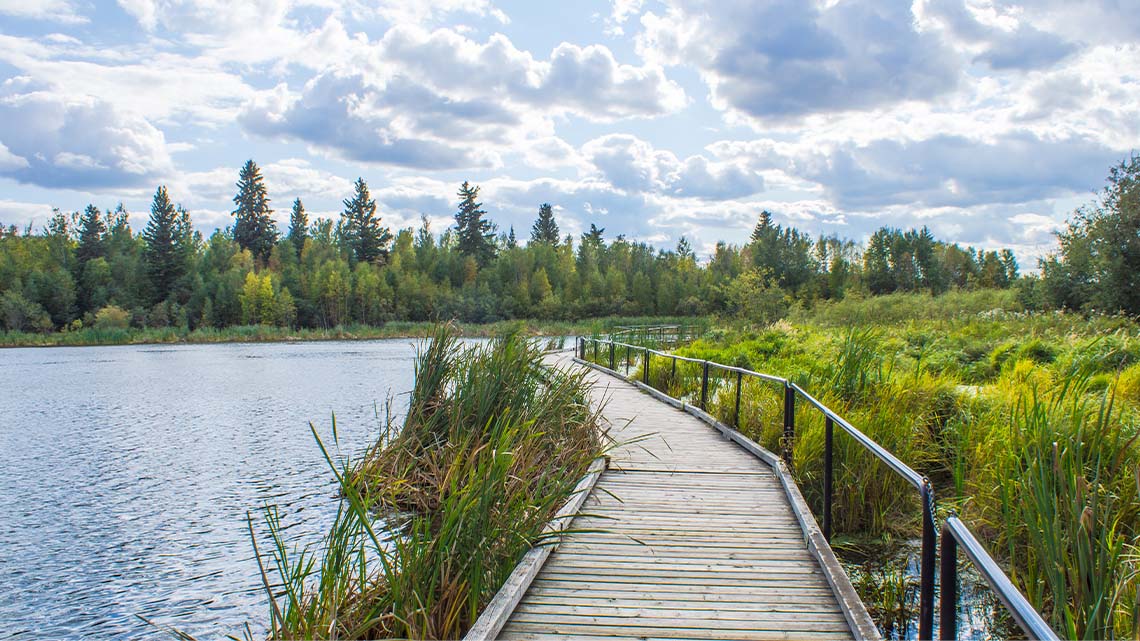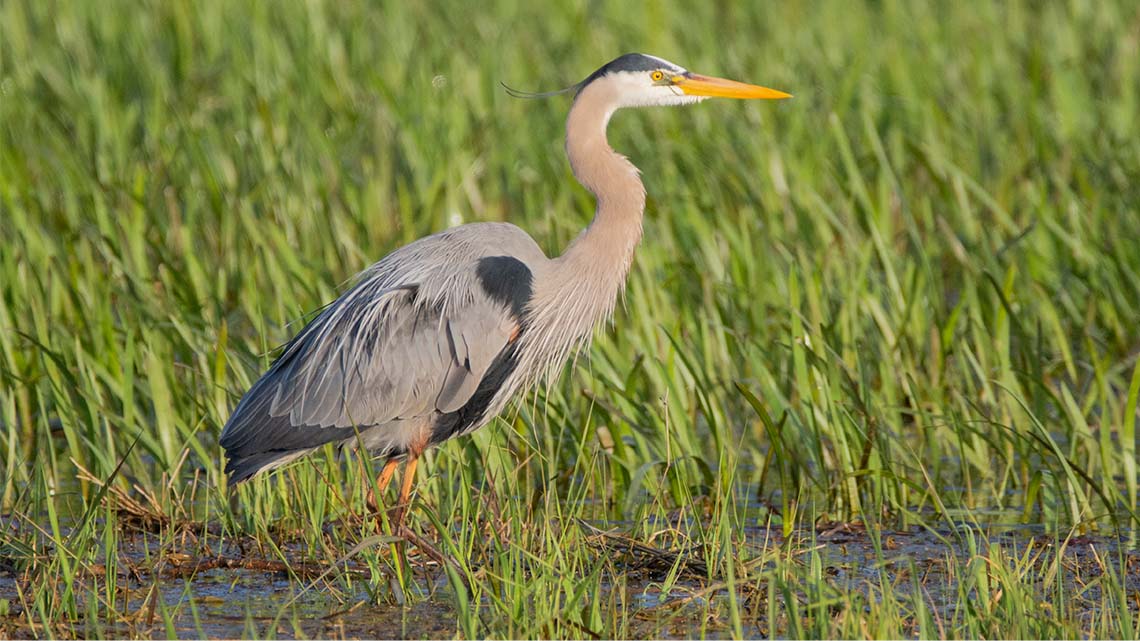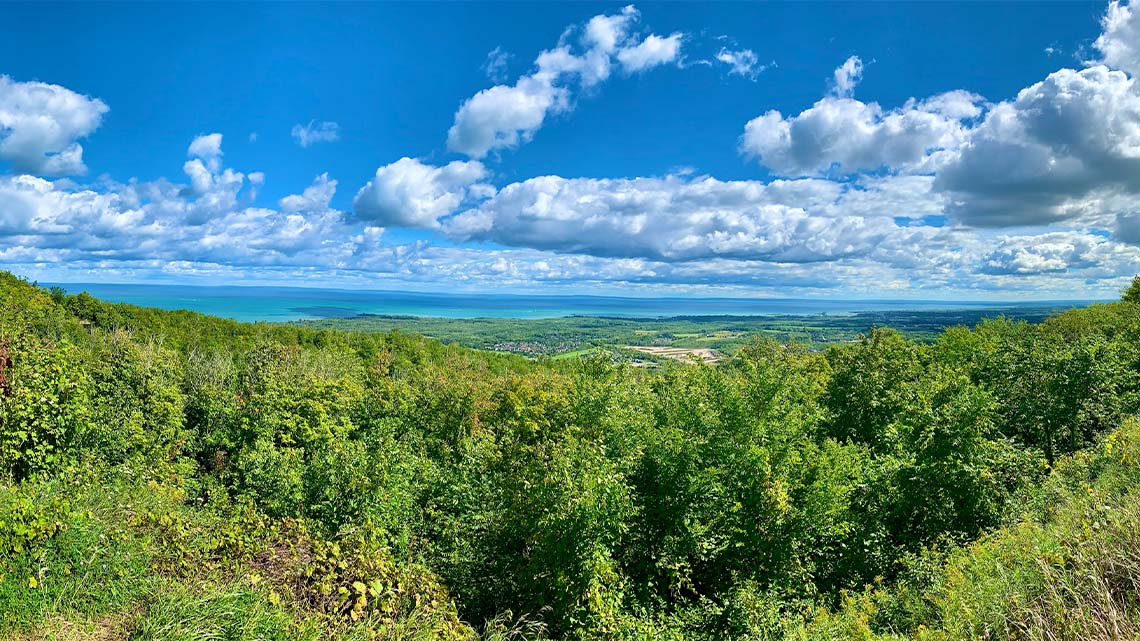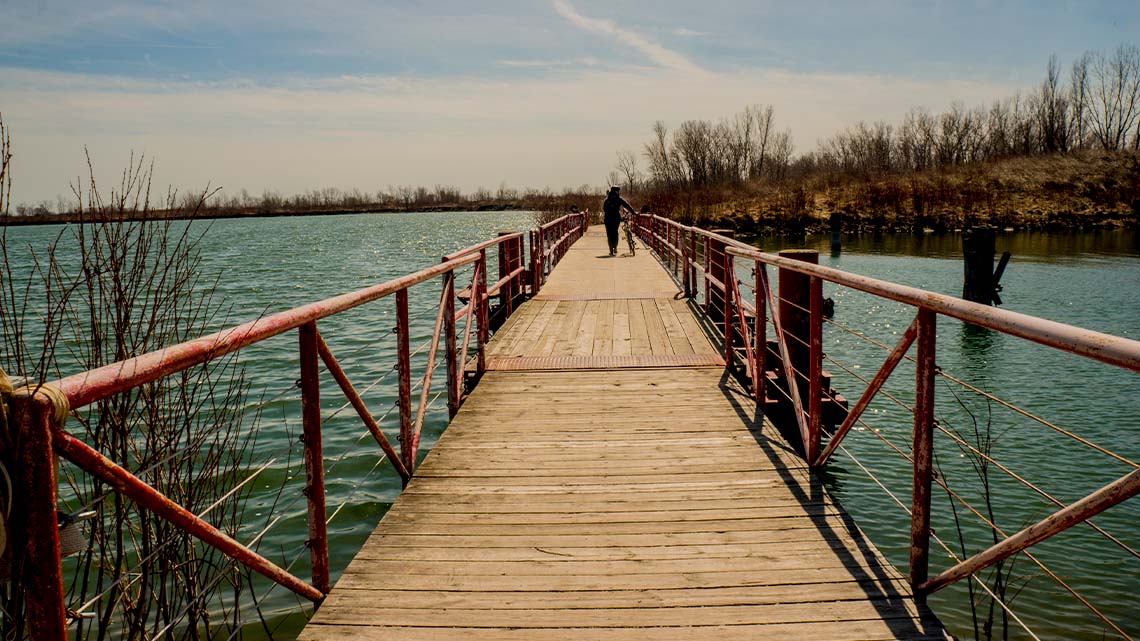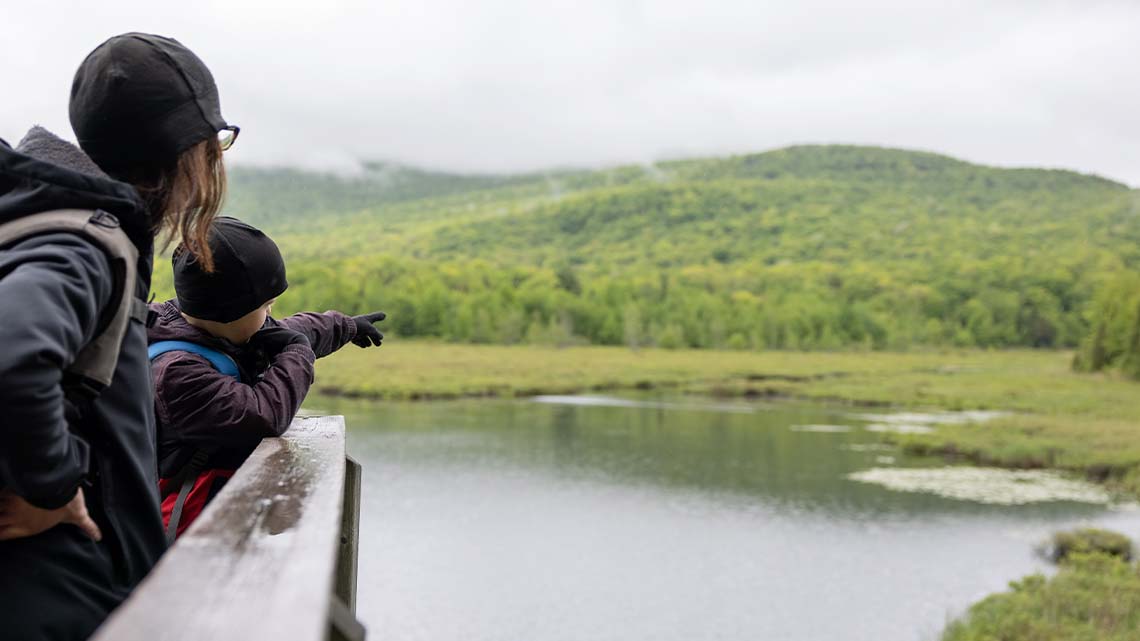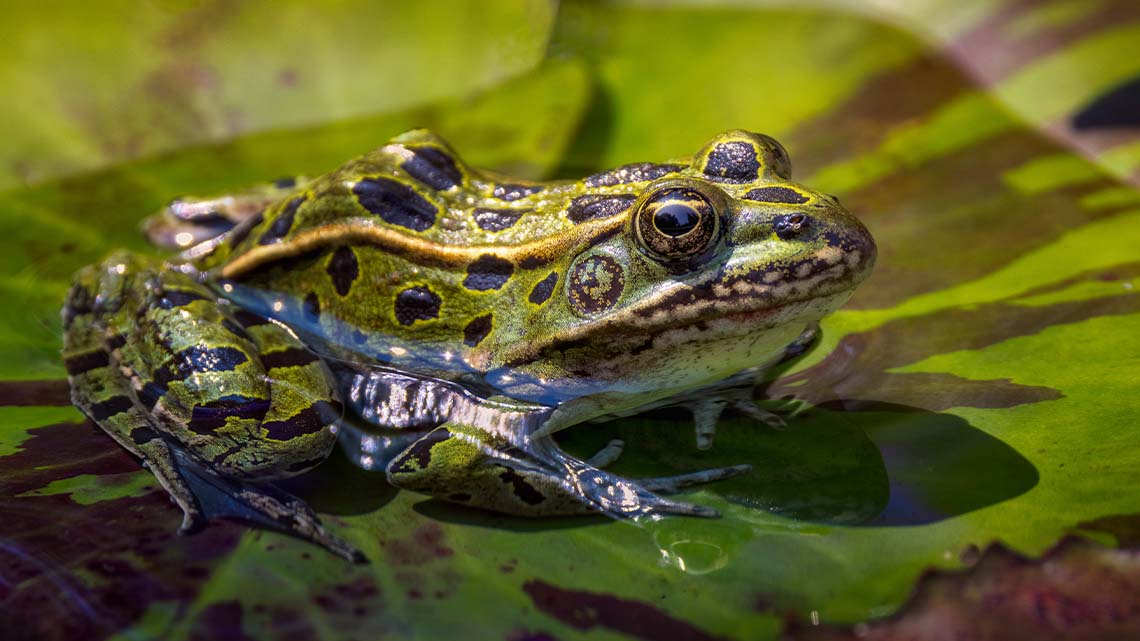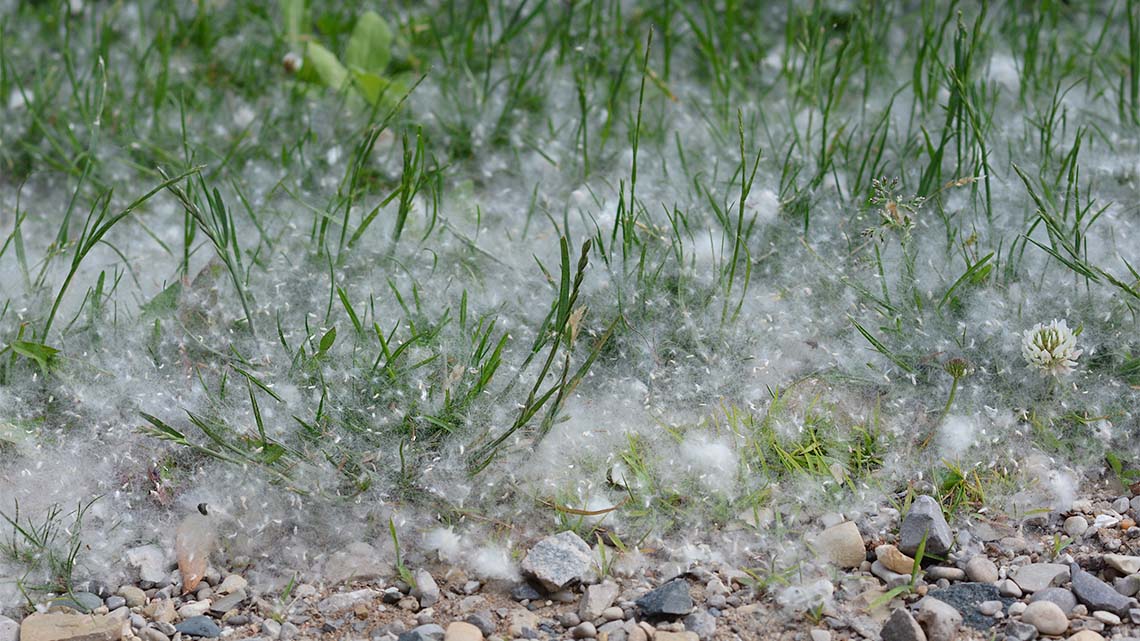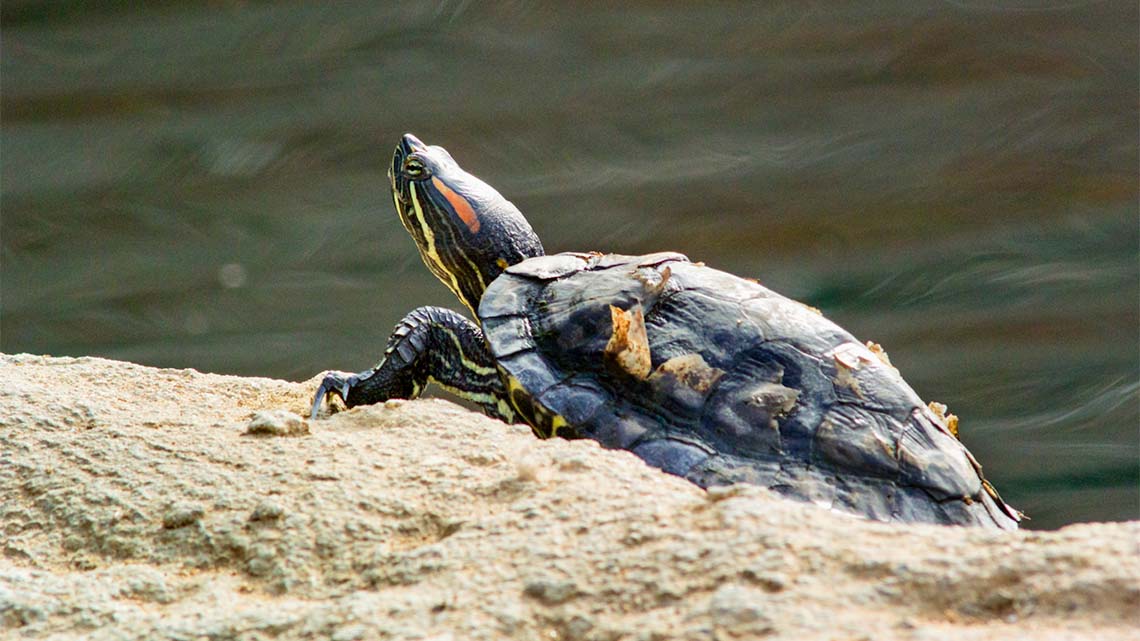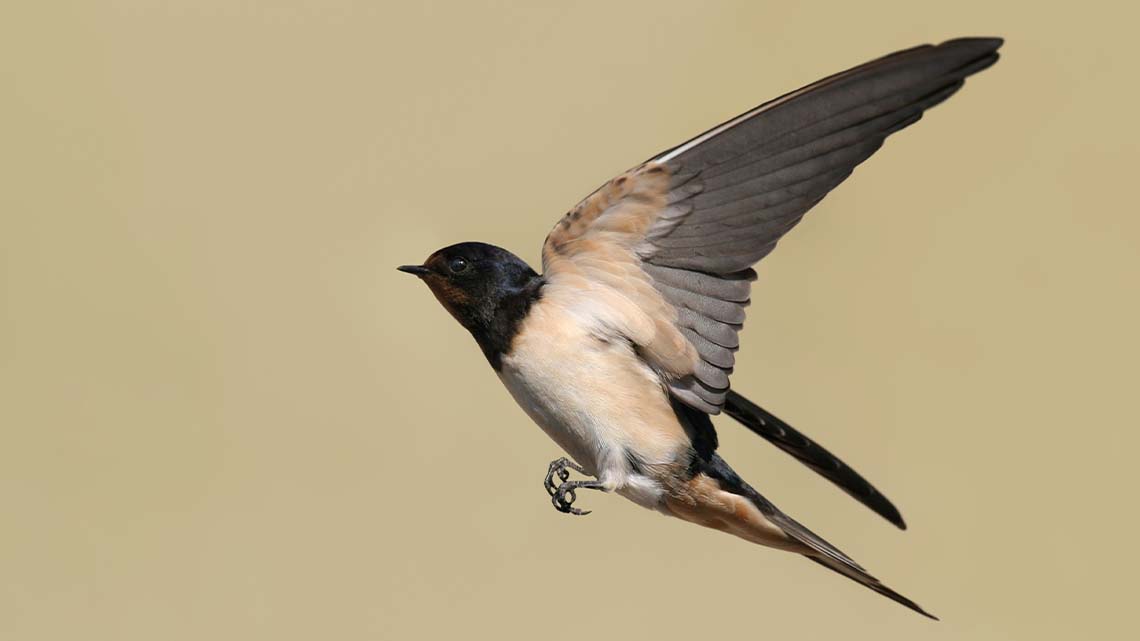Minds On
Let’s get started!
Conservation areas
Ontario is home to over 500 conservation areas.
What is a conservation area?
Conservation areas are special areas that protect things found in nature. This can include forests, wetlands, plant life, and wildlife.
Explore the following images of conservation areas. Consider what parts of nature are being protected.
There are also conservation areas that people can visit. They can enjoy the outdoors and appreciate nature.
There are different activities that people can do when they are visiting Conservation Areas. Some of these activities include picnicking, birdwatching, boating, camping, and snow shoeing.
Explore some examples in the following carousel of images and descriptions.
When people visit conservation areas, how might they affect the plants and animals that live there?
Record your ideas digitally, orally, or on paper. If possible, share your ideas with a partner.
Action
Nature’s home
There is a quote that people who travel or visit nature use:
“Take only pictures and leave only footprints.”
It means people should try to leave nature just as they find it. Do not take anything with you to keep as a souvenir. Do not leave any trash behind.
Using research skills
In this learning activity, you will use research skills as you explore information from pictures and words.

You will learn information. We can learn things from different places and people.

You will also record your learning. You could write it down or make an audio or video recording.
When people visit conservation areas, they are visiting the homes of the plants and wildlife that there.
How might people affect the homes of these living things?
Use the following checklist to explore human activities that may disturb animals and the places they live.
What activities disturb nature?
Each of the activities in the checklist could disturb animals and the places they live.
Park rules
There are many reasons why conservation areas are important.
They can help:
- keep wild plants and animals safe
- create clean air and water spaces
- help people connect to nature
- provide spaces for outdoor activities
It may be stressful for animals to have humans in their home. It’s important to follow simple guidelines to keep everyone safe.
Let’s explore a few!
Press the following tabs to check out guidelines for being in nature.
Big, small, or in between, animals found in nature are not pets.
People should not feed any wild animals or try to pet them or touch them.
Small animals like frogs, toads, and salamanders can be easy to pick up. But it’s important to keep them in place so they are not stressed or injured.
For example, the oils that are on human hands can harm the frog’s skin.

Conservation areas are home to many different animals. They also help protect wildlife. It is important that people move and speak quietly and keep their distance. Do not get too close!
Sometimes people will play recordings that sound like the songs and the calls of the birds. This can be confusing to birds. It can disturb their natural behaviours, and even scare them away. For example, owls spend their time doing two activities: hunting and resting. An owl that is disturbed while it is resting may not be able to hunt properly.
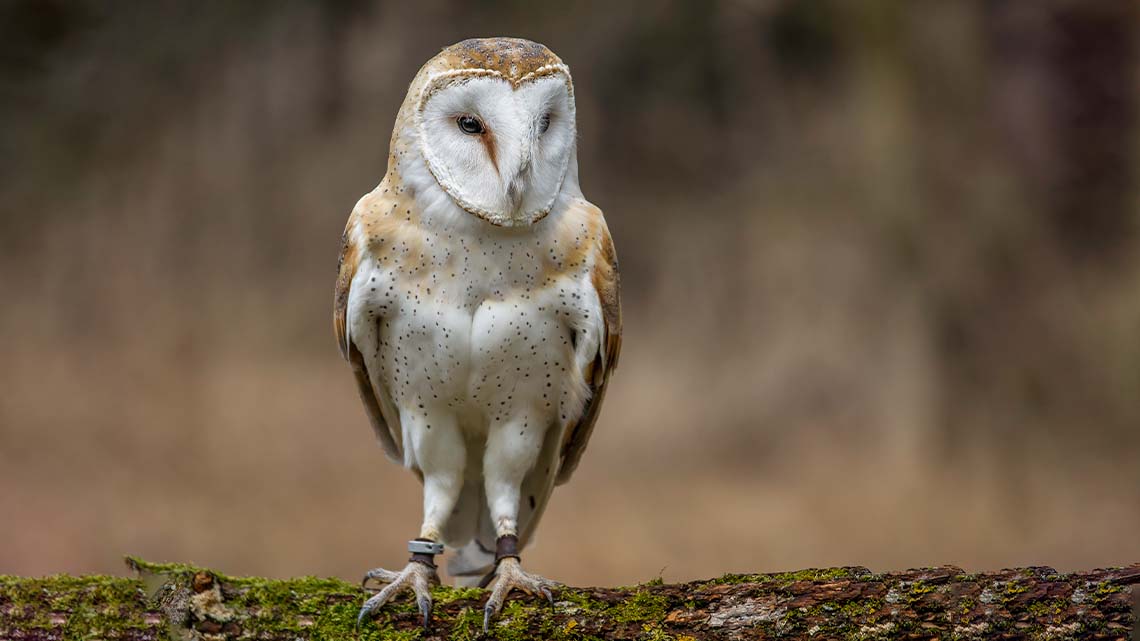
Conservation areas are home to many different plants, trees, and grasses.
These plants keep the soil clean and are homes or food for some animals. They should not be disturbed, picked, removed, or harmed in any way.
For example, grasses and grass-like plants are food and shelter for caterpillars.
As another example, many flowering weeds such as dandelions are a very good source of food for pollinators like bees, butterflies, and moths.
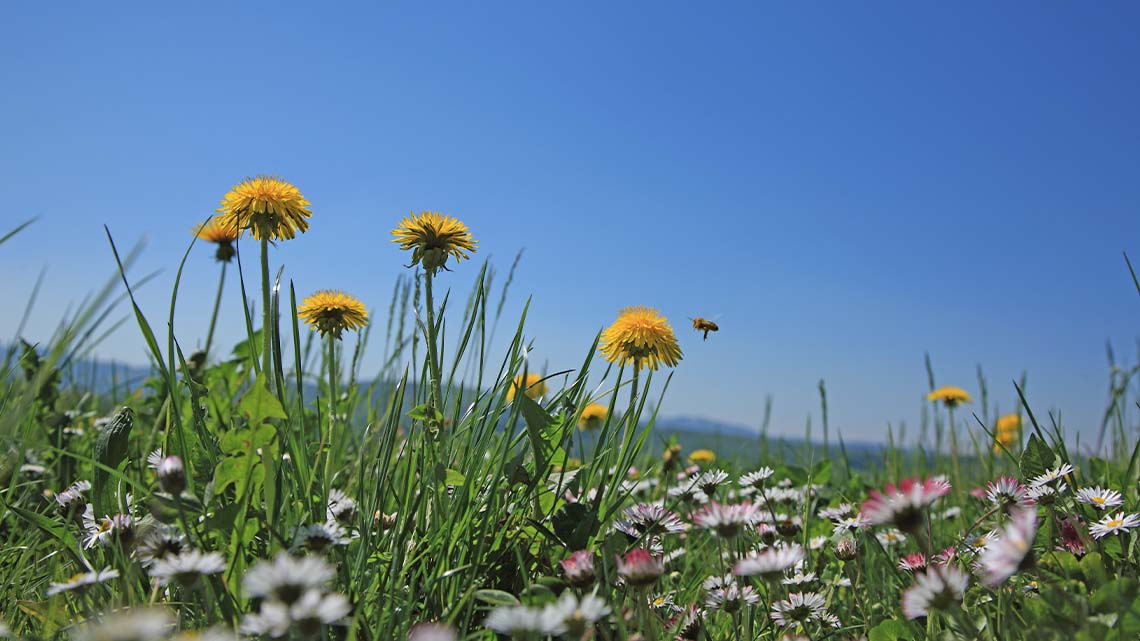

Two teachers are talking. One teacher says, "Bees, butterflies, and moths are the pollinators people are most familiar with." The other teacher says, "But ants, beetles, flies, hummingbirds, and wasps are important pollinators as well."
Are these activities helpful or harmful to plants and animals that live in nature?
For each card, guess whether this action is helpful or harmful.
Then, turn the card over to check the answer.
Let’s explore a special area in Ontario that is home to many birds and plants.
Tommy Thompson Park
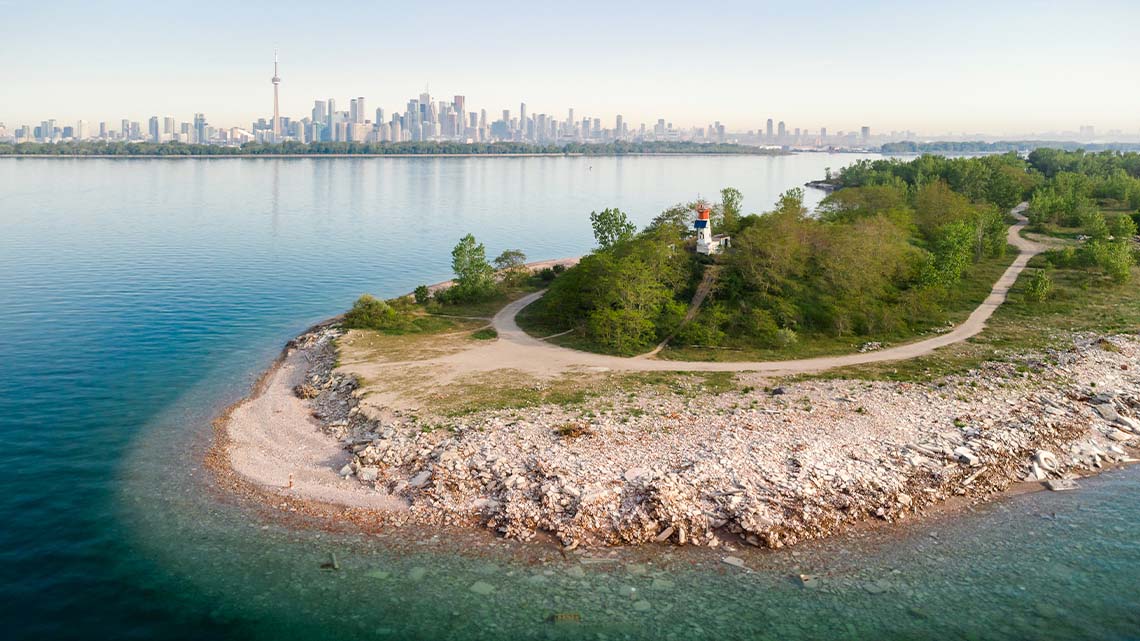
There is a point of land that is surrounded by water. There are rocks and sand at the edge and a pathway that goes around the land. On the inside of the path there are trees and plants. There is a lighthouse found in the middle of the trees. In the background there is the city of Toronto.
Welcome to Tommy Thompson Park in Toronto, Ontario!
The Park is a unique place to experience nature in the middle of a city.
It is home to different plants and animals, and one of the best places for bird-watching in the city. In fact, over 300 species of birds have been recorded at the park!
Explore the following video entitled “Mystery Files: The Mystery of the Shifting Shorelines” to check out some of the birds that live in Tommy Thompson Park.
Let’s check out some of the wildlife and plant life found in Tommy Thompson Park in the following carousel of images.
Check out the following description of Tommy Thompson Park that is from the park’s website. Do you recognize any of the types of birds it includes? Do you have ideas about what migration might be?
Press ‘Migration’ to learn more about its definition!
Migration means that an animal, insect, or other types of creatures move at a certain time. For example, many birds migrate south during cold winters to find a warmer place to live for a short time. Then, they return to their other home !
“Tommy Thompson Park is an amazing spot for bird watching: 316 species of birds have been recorded at the park, including at least 55 breeding species. Tommy Thompson Park is an important stopover during migration for many bird species that need to rest and refuel to continue their journey. In addition to many species of songbirds, the park also plays host to migrating raptors, waterfowl, and shorebirds.”
Tommy Thompson Park
Let’s think!
Why might Tommy Thompson Park have special rules for people who visit the park?
Record your ideas on the computer, on paper, or in a recording.
Press ‘Possible Answer’ to explore an idea.
To keep the plants and animals safe, the park has entry rules that all visitors must follow.
Park rules
Tommy Thompson Park has special opening hours and rules. People cannot visit any time they want.
It is only open to the public on weekday evenings, weekends, and holidays.

Sunset at Tommy Thompson Park
It is also one of the few parks in the city that does not allow pets at all.

The Park’s website shares guidelines for observing wildlife. These guidelines are to reduce the human impact on the animals and the places they live.
The guidelines include:
- no swimming in the park
- no motorcycles
- no motorized skateboards or scooters
- stay on the trail at all times
- do not remove anything from the park
Pause and Reflect
Park guidelines
Choose one of the following guidelines:
- no swimming in the park
- no motorcycles
- no motorized skateboards or scooters
- stay on the trail at all times
- do not remove anything from the park
How does this protect the animals in the park?
Record your answer on the computer, on paper, or in a recording.

Two teachers are talking. One teacher says, "We live in a noisy world, and a lot of that noise is made by humans. From traffic to machinery and electronics—it's a lot." The other teacher asks, "How does our noise affect the animals around us?" The first teacher replies, "When we add unfamiliar noise to animal habitats, it can cause different problems for the animals."
Consolidation
Putting it all together
In this Learning Activity, you explored how conservation areas protect plant life and wildlife. You also explored actions that people can take to help keep nature safe..
How can you teach your community about these important actions?
For this activity, you will be using the skill of sharing which is part of the research process.

Sharing what you have learned lets other people know about your topic too!

Choose 4 guidelines or park rules that were explored in this learning activity.
You may choose to design a small poster, sign, or record a message to share these important guidelines.
Press ‘Hint’ to explore an inspiration image.
Check out the following image for inspiration.

A large wooden sign has three separate signs on it. The signs show that the following are not allowed in the conservation area: pets, motorcycles or motorized, or touching any of the wildlife.
Complete the My Conservation Guidelines in your notebook or using the following fillable and printable document.
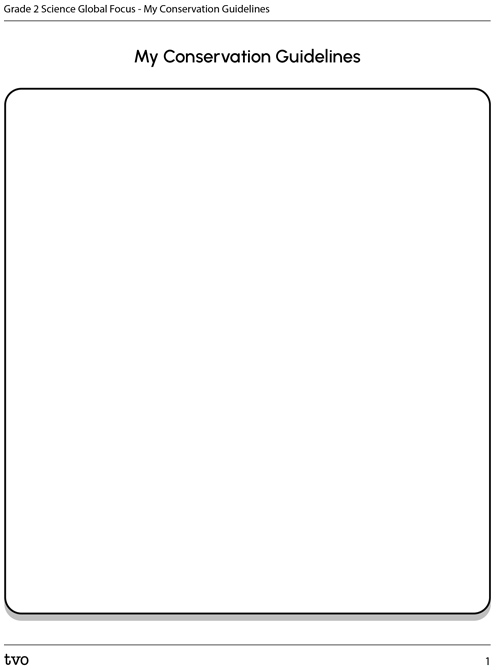
Press the Activity button to access the My Conservation Guidelines.
Activity (Open PDF in a new tab)Where could you post your message in your community?
- in a window
- on a community bulletin board
- at a coffee shop
- at a community center

Are there any local conservation areas in your own neighborhood? If so, what are some of their rules?
Reflection
How do you feel about what you have learned in this activity? Which of the next four sentences best matches how you are feeling about your learning? Press the button that is beside this sentence.
I feel…
Now, record your ideas about your feelings using a voice recorder, speech-to-text, or writing tool.
